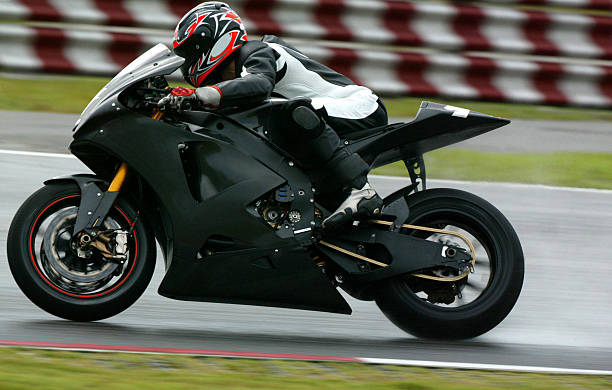Introduction
Motorcycles have long been linked to agility, speed, and the exhilaration of traveling unfettered. Motorcycle engineering has advanced over time, giving rise to quicker and more potent models than ever before thanks to technological advancements. Even though there are a number of motorcycles competing to be the fastest in the world in 2024, one stands out as the unchallenged champion of speed: the Dodge Tomahawk. With a focus on the current record holder and other challengers, let’s go deeper into the intriguing world of high-speed motorbikes.
The unusual design and limited production of the Dodge Tomahawk have led to it being referred to as a “motorcycle concept”. The Tomahawk’s top speed of 350 mph seems more appropriate for a jet than a two-wheeled vehicle, yet it is powered by the same V10 engine as the Dodge Viper. Its odd four-wheel design and enormous power prevent it from being street legal, yet despite this, it is nevertheless a wonder of engineering and the motorcycle world’s icon of unadulterated, raw speed.
The quickest production motorcycle designed exclusively for racing is the Kawasaki Ninja H2R. It was released in 2015, and as of 2024, it still rules speed contests. The H2R’s supercharged engine produces an incredible 310 horsepower and has a stylish look can accelerate to a top speed of 249 mph. Because of its incredible performance, it’s not authorized for street use, but for speed aficionados, it’s still one of the most sought-after motorcycles.
The venerable MTT Y2K Superbike, which created waves as the first-ever production motorbike powered by a jet turbine engine, was replaced by the MTT 420-RR (Race Ready). This idea is taken to new heights by the 420-RR, which has a top speed of 273 mph and a 420-hp engine that is adapted from a Rolls-Royce helicopter turbine. This handcrafted, specially made bike is for anyone looking for the greatest rush.
When it comes to speed, many people associate gasoline engines with speed, but the Lightning LS-218 shows that electric powertrains can be just as fast. The LS-218 is the fastest electric motorcycle in the world, reaching top speeds of 218 mph and completing the 0 to 60 mph sprint in an impressive 2.2 seconds. Its elegant form and state-of-the-art electric technologies make it it one of the most eco-friendly yet thrilling bikes available.
In the motorcycle industry, the Suzuki Hayabusa is a household name. When it made its debut in 1999, it was the fastest production motorcycle. A “gentlemen’s agreement” between manufacturers has reduced the top speed of later models to 186 mph electronically, but the Hayabusa is still one of the most recognizable and adored superbikes ever made. It is a fan favorite because of its affordable price, handling, and speed.
What’s Next for Speed in the Future?
The competition to become the fastest motorcycle in the world is showing no signs of slowing down as technology develops. Advancements in conventional internal combustion engines and electric drivetrains are always pushing the boundaries of velocity. The modern monarchs, such the Kawasaki Ninja H2R and the Dodge Tomahawk, are remarkable examples of what’s possible when engineering and design merge to prioritize pure velocity.
In summary
Being crowned the fastest motorbike in the fiercely competitive world of speed is more than just a badge of honor; it’s an endorsement of mechanical prowess and technological innovation. Every competitor in the race offers something different, whether you’re looking at electric bikes like the Lightning LS-218, turbine-powered beasts like the MTT 420-RR, or the unstoppable Kawasaki Ninja H2R. The competition for the title is far from over, even if the Dodge Tomahawk has the greatest raw top speed.


